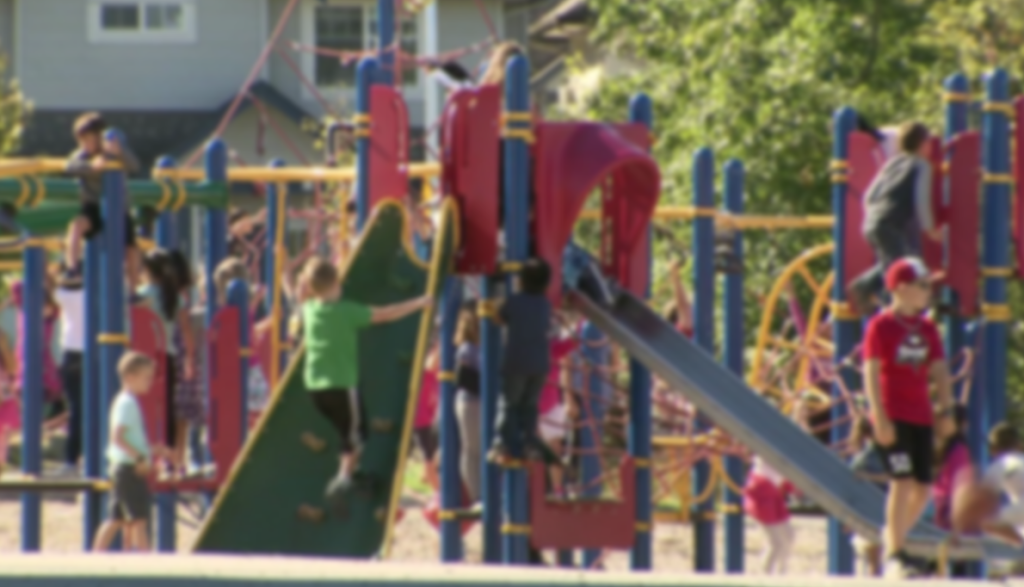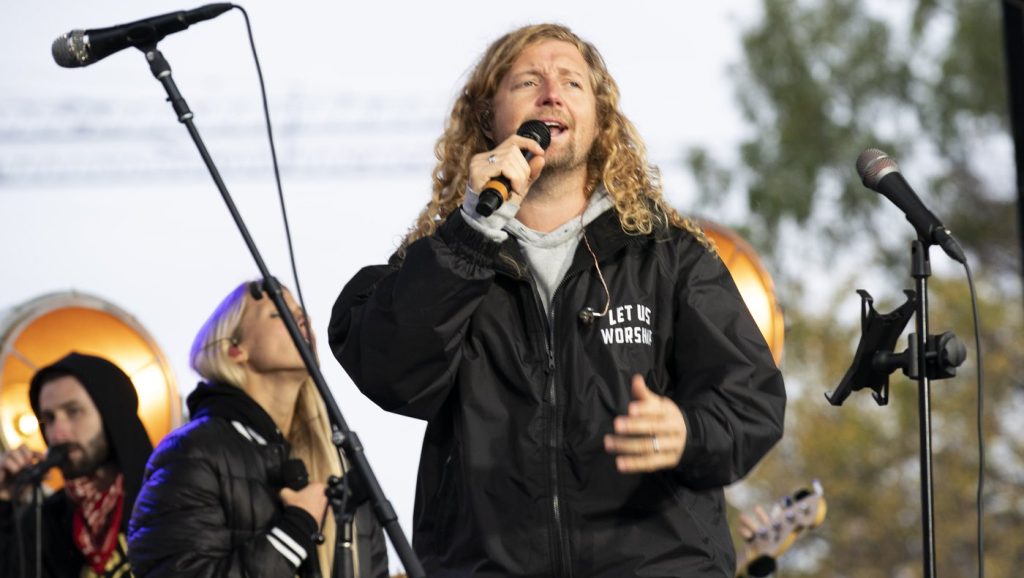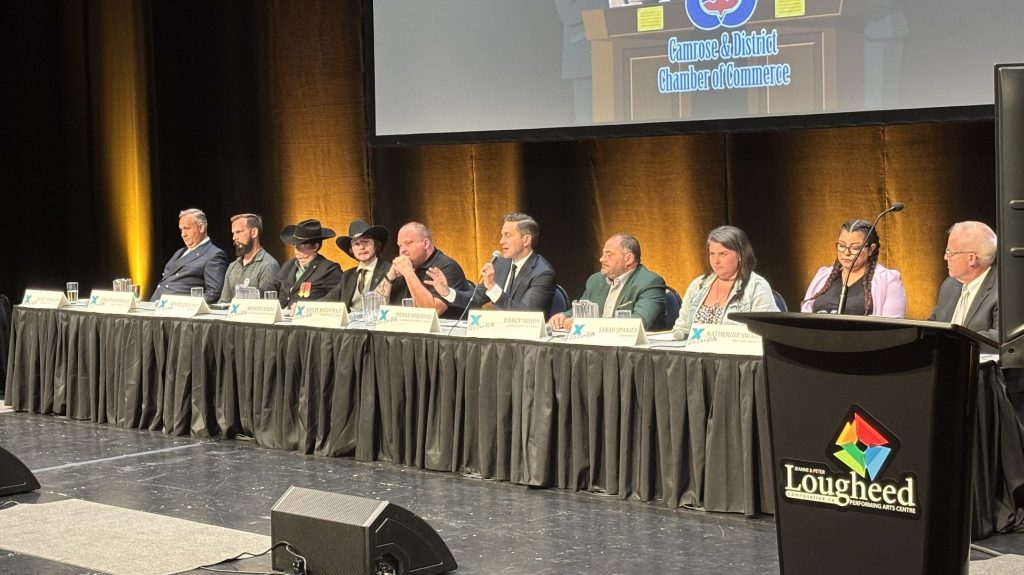7 Edmonton foster agencies, hoping to recruit more caregivers in a time of need

Posted October 13, 2024 3:37 pm.
October is Foster Caregiver Appreciation Month in Alberta, and an Edmonton group is aiming to encourage more Albertans to become foster caregivers and reduce misconceptions about what it means to be a foster caregiver.
Lovestrong is a group of seven Edmonton agencies, supported by Alberta’s Ministry of Children and Family Services, hoping to recruit more caregivers.
According to Michelle Meadahl, a committee member of Lovestrong, there are over 3,000 children in foster care in Alberta, with only 1,500 homes.
This means a child who needs a family might not find it, and siblings are not able to stay together.
“We just don’t have enough caregivers to be placing our kids together. So we’re asking Edmontonians to really think about, is this a good fit for them and their family?” asked Meadahl.
The shortage of caregivers comes as a result of many current caregivers who are ready to move on from being foster homes. Meadahl says a common misconception that prevents potential foster caregivers from reaching out is that there’s a high level of skill and training required.
“The reality is, we’ll help you. We’ll get you trained. We offer over 150 hours of training for caregivers over four years, and you’re already doing it. People in the community are already helping each other. And we just need more people to step up, stand up for our kids, and we want to keep them together.”
So what makes a good foster caregiver? Meadahl says the most important qualities are flexibility, adaptability, and understanding.
“We can’t promise you if a child is going to be with you for two days or two years, so you have to be open to whatever world is going to bring in that child’s story,” said Meadahl.
The goal of Lovestrong is to increase the number of foster homes in Edmonton by 50 to 100. The process takes about four to six months, and Lovestrong encourages anyone who wants to find out more to reach out.
Another misconception is that you must have children of your own, however, applicants are diverse and can be single, or married, and with or without children.
“We really are goal-ing to have more families than we need, so we can do optimum matching for our kids. We want them to stay close to their community, we want siblings together, and that’s really an ultimate goal.”








